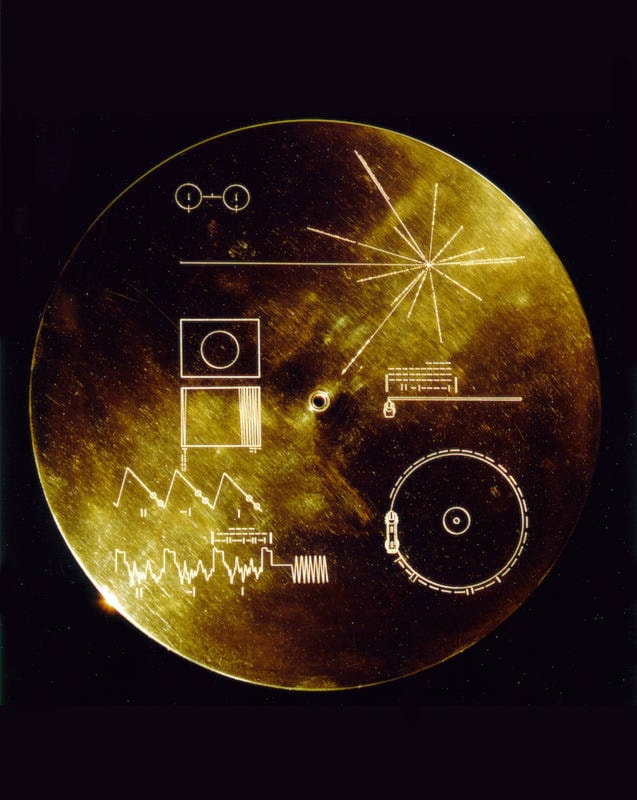By Samantha Bell
Don’t forget the total lunar eclipse on the morning of Jan. 31. The eclipse officially starts at 2:49 a.m., when the moon enters the penumbra, and ends at 8:10 a.m. The umbral (red phase) of the eclipse goes from 3:47 a.m. to 7:11 a.m. To narrow your viewing time even more, the total umbral eclipse will last from 4:51 to 6:08 a.m., with the middle of the eclipse at 5:29 a.m, according to SkyNews magazine.
Unfortunately, there are no meteor showers this month, but Feb. 2 to 16 is supposed to be the best time to see the zodiacal light. This light is a soft, pyramid-shaped glow that appears above the western horizon after darkness falls. It is caused by sunlight bouncing off of tiny dust particles that lie in Earth’s path around the Sun. You may catch one or two stray meteors at the same time.
Venus emerges low in the west sky at dusk in February and will slowly climb higher as the month progresses. It shines brightly and you should have no problem spotting it in the evening twilight. On Feb. 28, it will hang directly above Mercury shortly after sunset.
Mercury doesn’t shine as brightly as Venus, but you should be able to spot it with binoculars if you have a clear sky and unobstructed view. Mercury passes on the far side sun Feb. 17 and reappears a couple days later, low in the west at dusk.
The best time to see Neptune will be in the beginning of February, when it lies in the constellation of Aquarius in the west-southwest. But it will rapidly sink below the horizon and disappear into the evening twilight by mid-month.
Uranus resides in the southwest this month and can be found in the eastern half of the constellation Pisces. This planet sets around 11 p.m. at the beginning of February but will rapidly sink in the sky, setting around 9 p.m. by month’s end.
Jupiter rises above the southern horizon just before 2 a.m. at the beginning of February and will rise earlier each day until clears the horizon at midnight on Feb. 28. Lingering in the constellation of Libra, Jupiter is the brightest “star” in the morning sky and will get ever so slightly brighter as the month progresses. The quarter moon will pass just to Jupiter’s upper right on Feb. 17. Mid-February is supposed to be the best time of the month to look at Jupiter through a telescope as it should show a fair amount of detail. On Feb. 8, a crescent moon will lie between Jupiter and Mars.
Mars lies slightly east of Jupiter on Feb. 1 and rises about an hour after the larger planet. The red planet starts the month in the constellation Scorpius and moves east as the month progresses. On Feb. 9, a crescent moon will lie above and to the left of Mars. On Feb. 10, Mars and the moon will lie above the red star Antares (“rival of Mars”), which should provide a good opportunity to compare the two red objects. Earth actually catches up a bit to Mars, which will cause the red planet to brighten slightly during the month and increase the size of the Martian disk when you are looking at it through a telescope, though you won’t see much detail at this time.
Saturn rises in the southeast at about 5 a.m. on Feb. 1. It should be easy to find as it will be the brightest object in the dim constellation of Sagittarius. The moon will provide the only real competition for brightness when it passes just above the planet on Feb. 11. Saturn will rise higher over the month, so the second half of February is the best time to view this world with a telescope.
For those of you following comet PANSTARRS (C/2016 R2) with a telescope, you will find it in the constellation Taurus, just east of the Pleiades star cluster at the beginning of the month. It will travel north, veering slightly east of Perseus. It is faint this month, and will look like a round, fuzzy patch. Hopefully there will be better comets later in the year.
For those who complain that friends don’t answer their phone when you call, this one is for you. “Round-trip light time” is the total time it takes for a signal from Earth to reach a spacecraft and return to its starting point. Here are the times (as of October 2017) that it takes some spacecraft to return our calls:
The Lunar Reconnaissance Orbiter is the fastest at 2.4 seconds, followed by the Solar and Heliospheric Observatory (12 seconds), the Chandra X-ray Observatory (54 seconds), and the OSIRIS-REx spacecraft (120 seconds). Then we get into the ones calculated in minutes.
The Kepler Telescope takes 17 minutes, followed by the Spitzer Space Telescope (26 minutes), the Mars Reconnaissance Orbiter (41 minutes), Dawn (44 minutes), Juno (107 minutes), New Horizons (660 minutes), and Voyager 2 (1,930 minutes). Finally, the one that takes over a day to answer your calls is Voyager 1 at 2,332 minutes.
